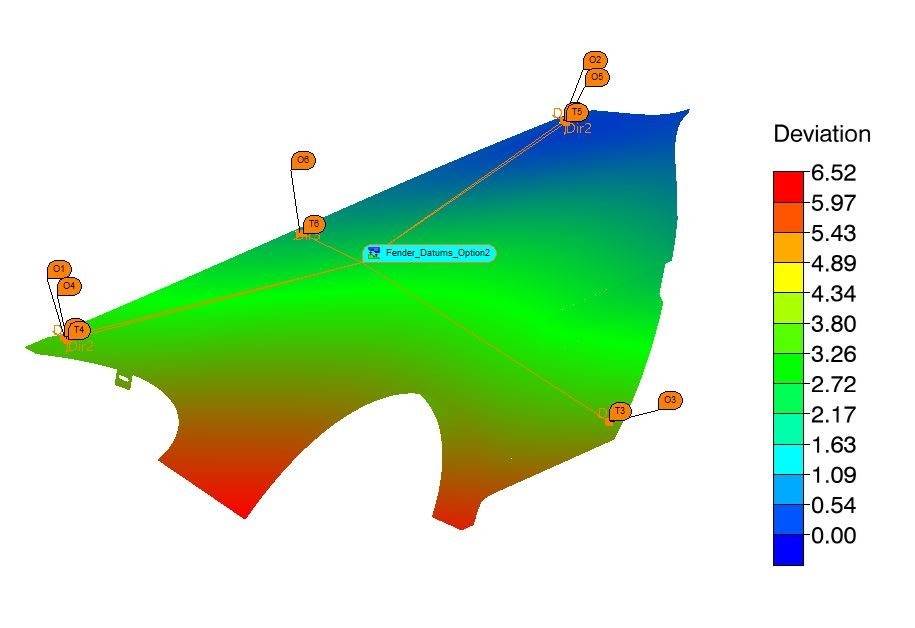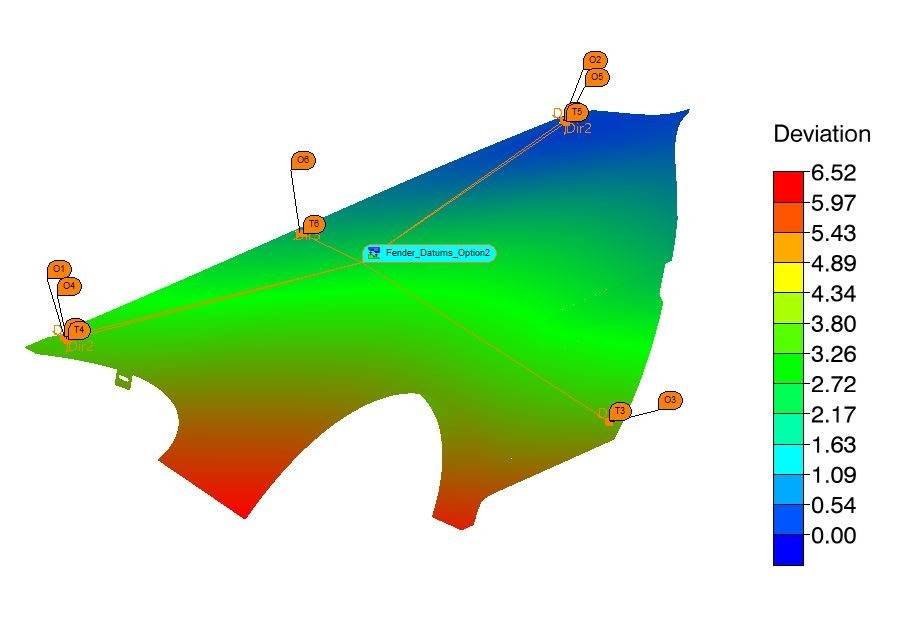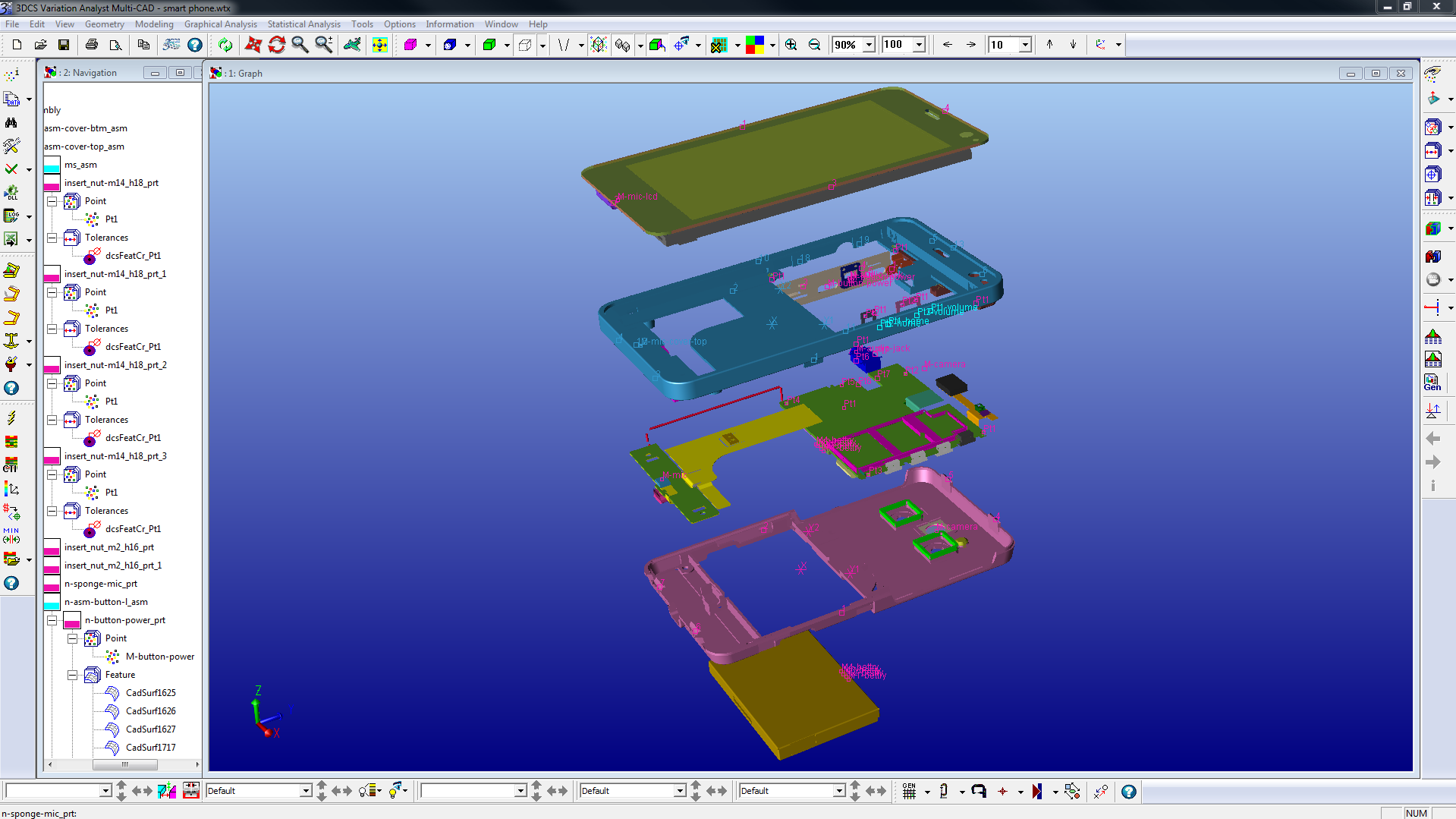
Tuesday, January 12 • 11:30 AM - 12:30 PM Central
With modern manufacturing levels reaching close to the precision-control limit, there is not much room to further reduce variation on the part level. There is, however, still room for improvement in the overall assembly quality by optimizing operations such as assembly sequence, fixture locations, and key control characteristics.

In many organizations, tolerances and GD&T are applied in a general sense, or based on traditional knowledge. This application can skew in one of two directions: either the tolerances are given as a general callout, ignoring critical areas or causing a high risk of failure, or using worst-case data to put extremely tight tolerances on parts that do not need them, vastly increasing production costs.
Using a CAD-based Digital Twin allows engineers to simulate part tolerances to determine critical areas that need to be focused on, and non-critical areas that can handle larger tolerances and less expensive manufacturing processes. The output of this analysis is optimized GD&T, providing downstream instructions for inspection and manufacturing.

Industry research shows that the positions of fixture locators play a crucial role in reducing sheet metal assembly variation given both part and fixture variation. As part of optimization and validation, analysis of datum features provides optimal choices to reduce variation in assembly aimed at reducing rigid part variation or compliant part deformation caused by gravity and clamp operation, by finding the optimal datum features from a candidate set.
See how to conduct these analyses and optimize your GD&T and datum features for reduced risk of defects, and lower manufacturing costs overall.
These Stories on CATIA
No Comments Yet
Let us know what you think